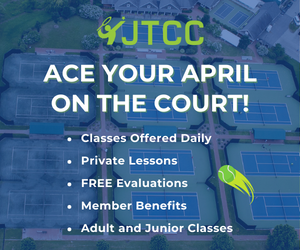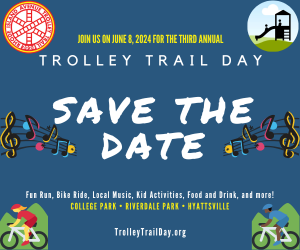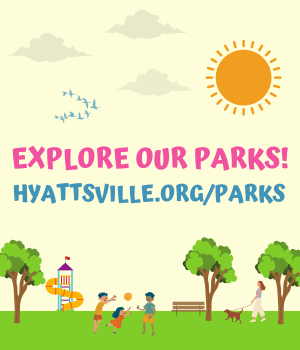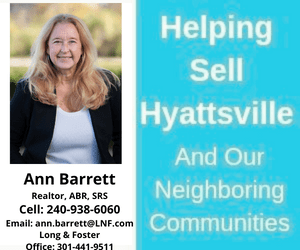By Jimmy Rogers

The last few years have seen a boom in residential native gardening. It’s an exciting hobby that is also a lifeline for our neighborhood birds, bees and butterflies. After reading through lists of plants and planning their new garden beds, though, many people ask, “Where do I even get these plants?”
It’s tempting to drive over to the nearest big box store or even a traditional nursery when searching for native plants. However, there are many reasons to avoid these retailers.
For one, the plants they have for sale are usually brought in from far away and may be cultivars or hybrids of what is found in nature. These plants introduce foreign genes and traits into our ecosystem that can disrupt the close relationships our insects and birds have with our plants.
Large sellers are also notorious for dousing their plants with broad-spectrum pesticides that not only kill native bees and butterflies on contact, but also soak into the plants long-term. Scientists at the University of Nevada recently found that milkweed treated with pesticides can become toxic to monarch caterpillars.
Fortunately, small, local growers all over our region are preparing for community plant sales which occur each spring and fall, just before the best planting times. Consider going to at least two sales each season, as each will offer a different variety of plants and may only have limited quantities available. It’s also a great opportunity to meet local growers and ask them questions about their practices, and how best to take care of the plants.
Before you head to a sale, take time to look around your garden and see where you can add new plants. Take note of how much sun (full sun, part sun or shade) and moisture (dry, moist or wet) each area of your yard regularly receives. If you have a patio or balcony, remember that native plants do very well in pots and planters.
If you want to do some extra homework, research specific plants and make a wishlist. Some plant sales will have a plant list available online ahead of time to facilitate pre-orders. All plant sales are ready with advice for beginners, too. Ask for recommendations from one of the sellers or read through the descriptions on the tables. Fellow customers may even offer to help as you try to pick the right plants for the right places.
WHAT TO BUY
As a general rule, overinvest in early-blooming groundcover plants (golden ragwort, golden Alexanders, moss phlox) and pick a few plants that will grow tall and flower in high summer (sunflowers, black-eyed Susans and beebalm). This will keep down the weeds and give you more enjoyment throughout the growing season. You can even add plants that bloom in September, October and November (late goldenrod, asters and sneezeweed) to support native bees when food is scarce.
Plant sales can be overwhelming, so I recommend setting a budget based on how much space you want to fill. A lot of native plants can fit into a small patch of garden, as they grow best when packed closely together. Expect to spend about $7 to $10 per square foot. If you want to save a few dollars, look for pots that have more than one plant; these plants can be divided and planted as individuals.
Resist the urge to buy one of everything, as this requires a more complex garden design. Consider mass plantings of fewer species to make your garden look more intentional.
LOOKING AHEAD
If you can’t find every plant you want at the sales this spring, there is an excellent fallback plan. Fall is considered the best planting time for natives, and there are fall plant sales each year. Newly planted spring flowers simply provide instant gratification, so it can be more satisfying for the new gardener.
However you approach your garden, if you choose Maryland natives and make space for wildlife, you’re bringing the fight against climate change and species extinction into your own front yard, back garden or balcony. Recent studies confirm that even a small patch of 70% native plants can provide food and shelter for many native species of birds and insects.
Above all, gardening should be a relaxing way to reconnect with the land and each other, so enjoy plant sale season and remember that your fellow gardeners are rooting for you.







